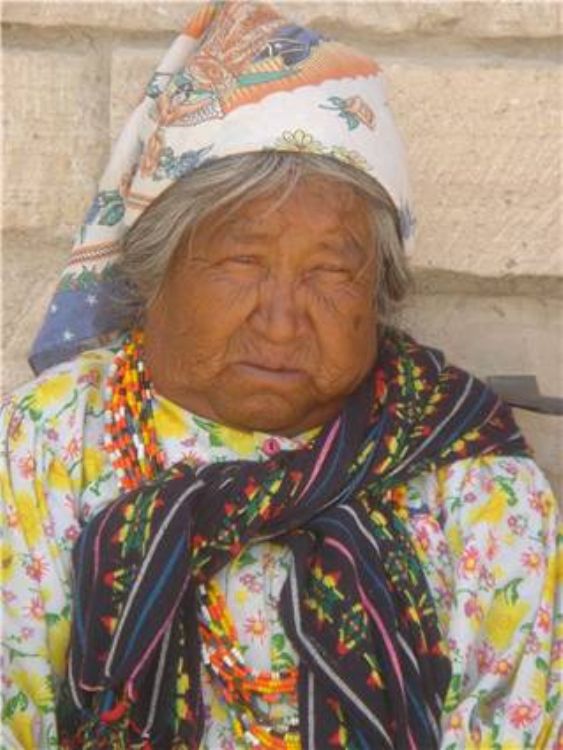
About Ciudad Victoria
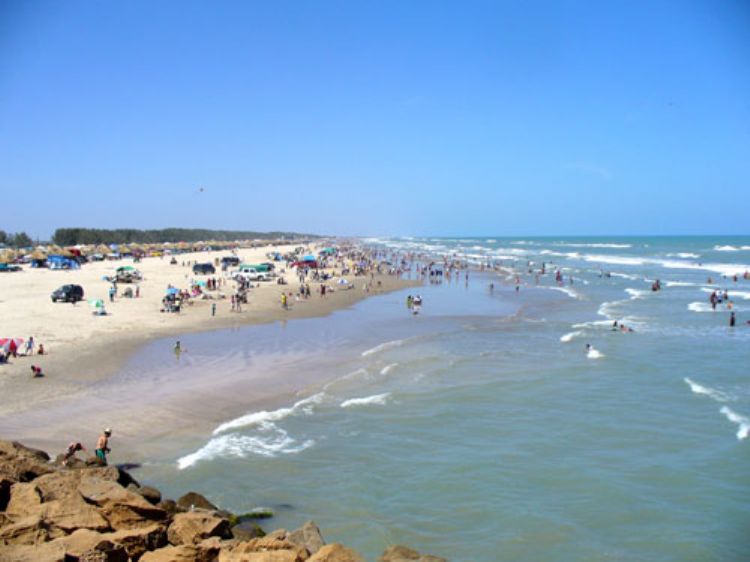
In 1750 José de Escandón founded the Villa of Santa Maria de Aguayo, in the then territory of Nuevo Santander, current Mexican State of Tamaulipas. Its current geographic location, right in the center of the State, resulted after some location changes due to the constant attacks of violent Chichimeca Indians of the region, particularly the Janambres and Pisones Indians.
The city's tracing is orderly and square, following the tradition of colonial cities of having a Plaza de Armas around which there were spaces for the Cathedral a Palacio de Gobierno and another spaces for supplying the commercial center, in this case called El Parián.
During the war of Independence, the participation of Nueva Santander was very limited. In the year 1825, the congress of the state decided to move its powers to the Villa of Santa Maria de Aguayo while simultaneously giving it the category of city and changing the name to Victoria, in honor of the self-proclaimed Mexican Emperor Guadalupe Victoria.
Since then an era of great growth started for the city with, among others, the construction of the first Escuela Normal Superior, the first Escuela Municipal for girls and the first preschool education center in the whole country, besides the inauguration of the beautiful Teatro Juarez and the Instituto Cientifico y Literario de Tamaulipas, as well as the first train, all this towards the end of the XIX century.
At the beginning of the new century, it started the construction of important communication routes as the highway to Laredo and Matamoros.
In the social environment, the downfall of Porfirio's era meant the collapse of strict social and etiquette norms that promoted a division between social classes, for which since then, the people of Tamaulipas could enjoy a freer social life.
An outstanding man in politics was born in Victoria, Lic. Don Emilio Portes Gil was President of Mexico in 1928 "â 1930.
Located in the geographic center of the State of Tamaulipas on the Tropic of Cancer, Ciudad Victoria is the political and social axis of the State. In the mountainous region, the climate is semi-warm with rains in summer, while in the lower parts the climate is extremely warm with an average yearly temperature of 75°F.
Articles Releated with Ciudad Victoria


Tamaulipas, Hunting and Cynegetic Tourism
Mexico occupies fourth place worldwide in specie biodiver...

Duties of the Main Federal Government Departments in Mexico
The Mexican State fulfills its main goal by guaranteeing ...
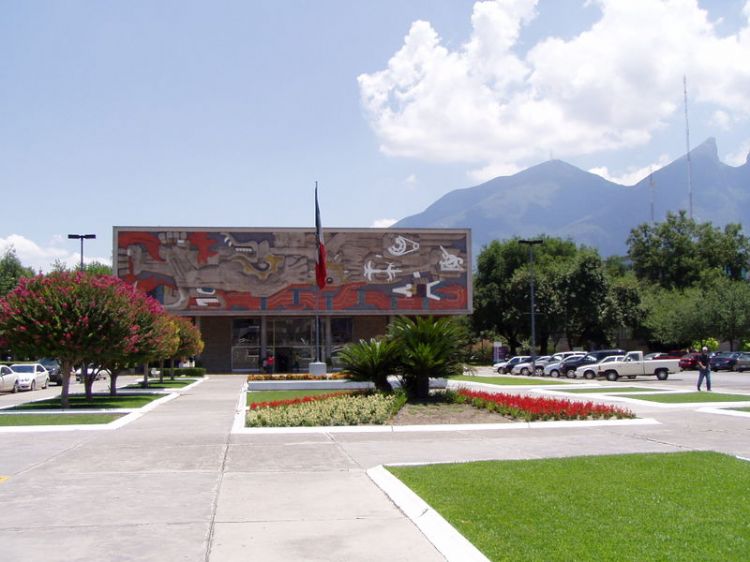
The Best Universities in Mexico
The education supply in Mexico is vast, however, categori...
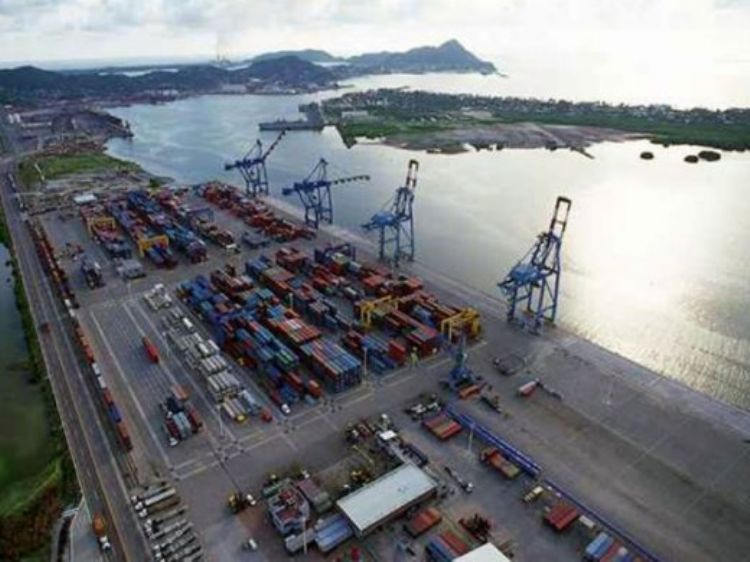
The 10 Most Important Ports in Mexico
Port of Ensenada; This port is located on Mexicoâs nort...

The Exquisite Mexican "Tacos al Pastor"
These delicious tacos originated in the city of Puebla as...
Most Viewed
.jpg)

The most renowned Mexican graffiti artists
One of the most common manifestations of urban art is the...
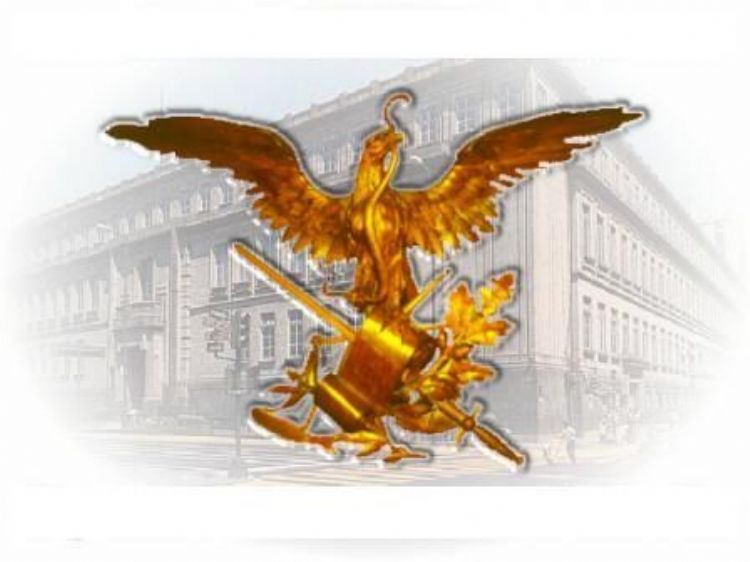
The Supreme Court of Justice in Mexico
The Supreme Court of the Nation is the Highest Court of J...
